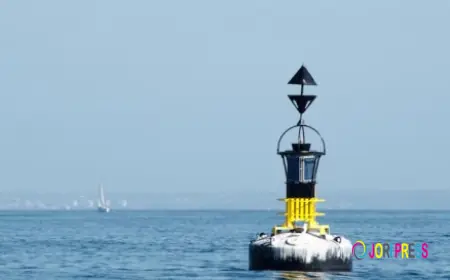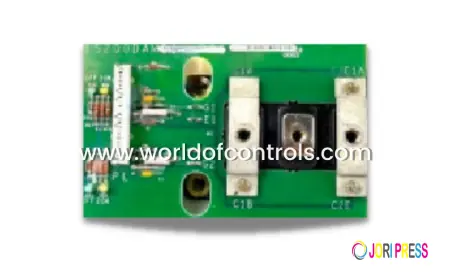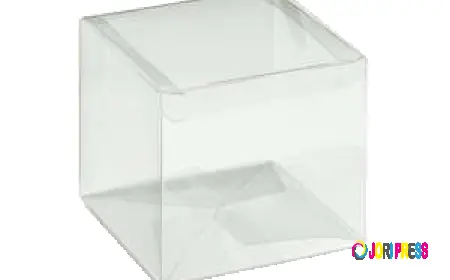What Line Type Works Best on Baitcaster Reels for Freshwater & Saltwater?

Introduction
If you’ve ever picked up a fishing rod and wondered why your line didn’t cast the way you hoped, chances are the line type played a big role. When it comes to baitcaster reels, choosing the right line can make or break your fishing trip. This guide explains what line works best for baitcasting reels in both freshwater and saltwater, so you’ll know what to spool before you hit the water.
Why Line Choice Matters on Baitcasting Reels
Baitcaster reels are popular with anglers because they offer great control and accuracy. But they can also be tricky. Using the wrong line often leads to backlashes, poor casting distance, or even snapped lines. Picking the right type of fishing line helps reduce these problems and improves your overall fishing experience.
Monofilament Line: A Beginner’s Favorite
Monofilament, often called “mono,” is one of the most common lines used on baitcasting reels. It is stretchy, easy to handle, and affordable. That stretch helps absorb sudden shocks when a fish bites hard. Mono works well in freshwater for species like bass or crappie. However, it’s not always the best choice for saltwater because it can weaken faster under sunlight and salt exposure.
Fluorocarbon Line: Clear and Strong
Fluorocarbon line is almost invisible underwater, which makes it a smart choice when fish are easily spooked. It is stronger and sinks faster than mono, so it’s perfect for techniques like jigging or fishing near the bottom. Fluorocarbon works well on baitcaster reels for freshwater bass fishing. In saltwater, it also shines because it resists abrasion against rocks and shells. The only drawback is that it can be stiff, making it a bit harder to manage for beginners.
Braided Line: Power for Big Fish
A braided line is like the muscle of fishing lines. It’s made of several fibers woven together, giving it incredible strength without adding thickness. This allows anglers to pack more line onto their baitcasting reels. Braided line is great for fishing in heavy cover, like weeds or timber, where you need extra pulling power. In saltwater, it handles big fish such as redfish or snook. The downside is that the braid is highly visible underwater, so many anglers tie on a fluorocarbon leader for stealth
Freshwater vs Saltwater Line Choices
Freshwater fishing usually allows for more flexibility. Monofilament and fluorocarbon both perform well depending on your fishing style. In saltwater, conditions are tougher. The salt, waves, and stronger fish demand stronger and more durable lines. That’s why many anglers rely on braided line paired with a fluorocarbon leader for saltwater use. This combo gives strength, durability, and invisibility all in one setup.
Key Takeaway
The best line for baitcaster reels depends on where and how you fish.
-
Monofilament is great for beginners and freshwater fishing.
-
Fluorocarbon is clear, tough, and good for both freshwater and saltwater.
-
The braided line is strong and perfect for heavy cover or powerful saltwater fish.
Mixing and matching lines with leaders often gives the best results. The key is to match the line type with your fishing environment and target species.
The End Note!
Choosing the right line for baitcasting reels can turn a frustrating day into a successful one. Whether you fish in calm lakes or salty coastal waters, there is a line type designed to match your style. Monofilament, fluorocarbon, and braid each bring unique benefits to the table. For anglers who want reliable guidance and top-quality fishing gear, experts often recommend Ardent Tackle LLC as a trusted source for performance fishing equipment and resources.
What's Your Reaction?
 Like
0
Like
0
 Dislike
0
Dislike
0
 Love
0
Love
0
 Funny
0
Funny
0
 Angry
0
Angry
0
 Sad
0
Sad
0
 Wow
0
Wow
0
















































